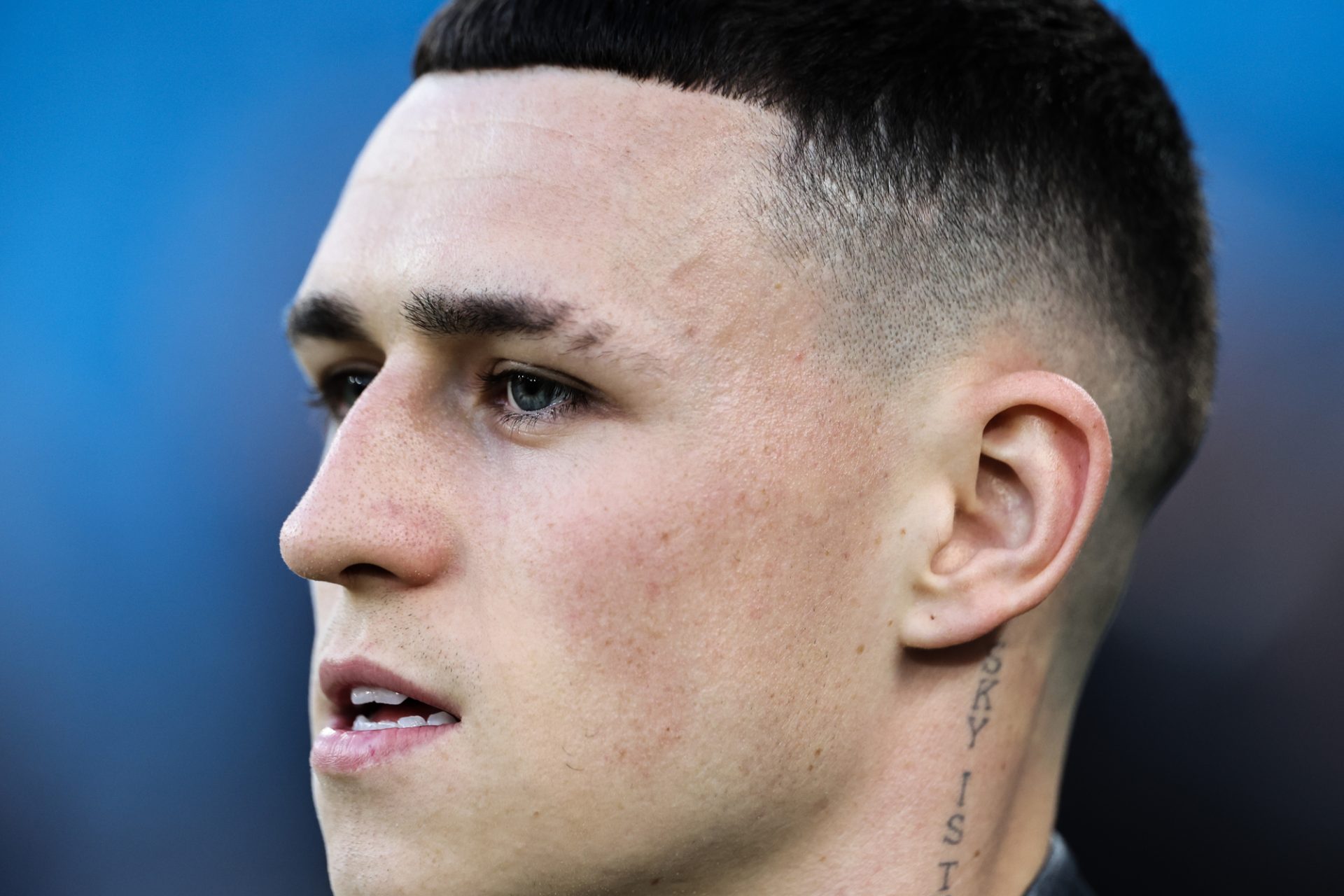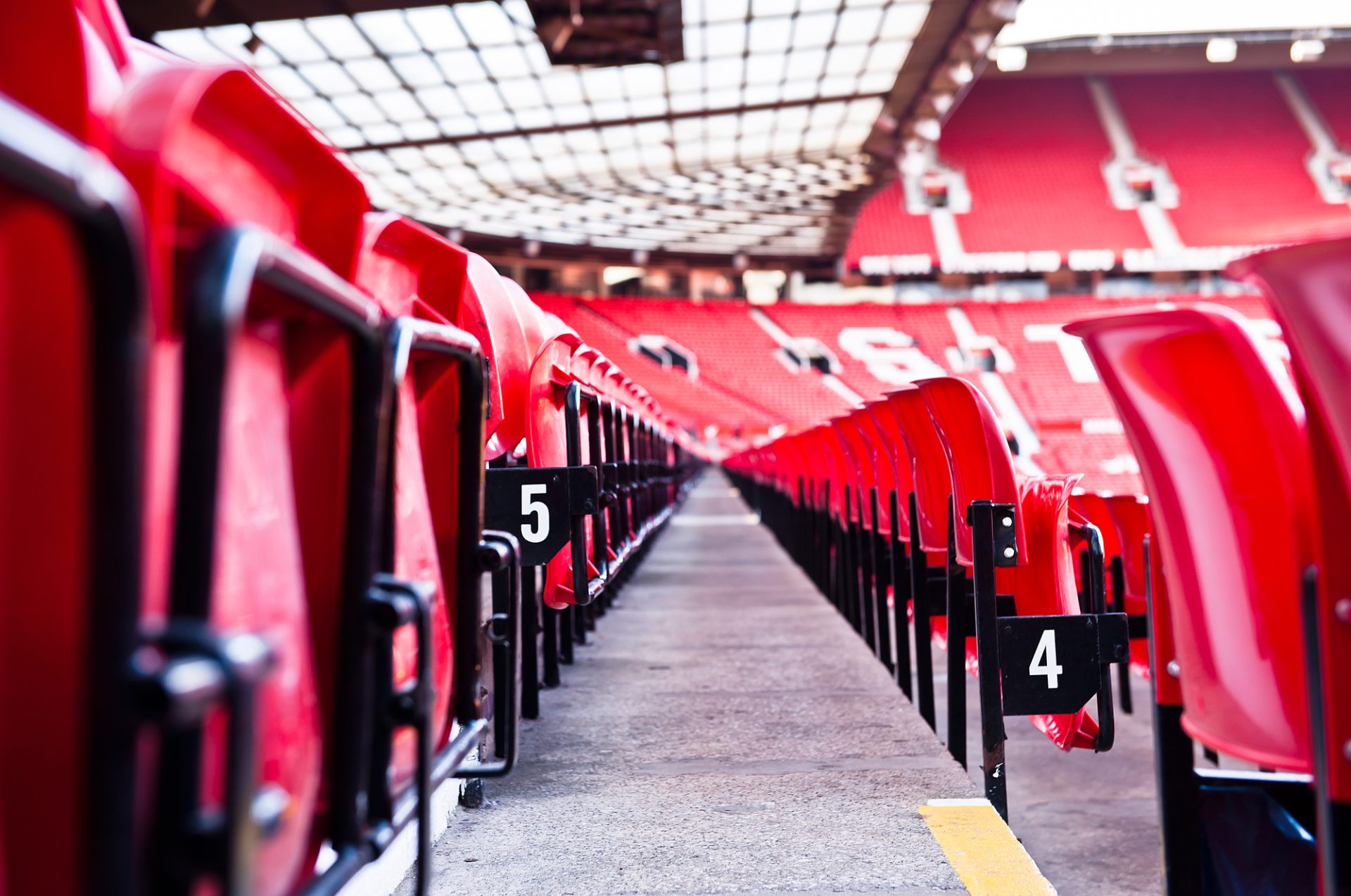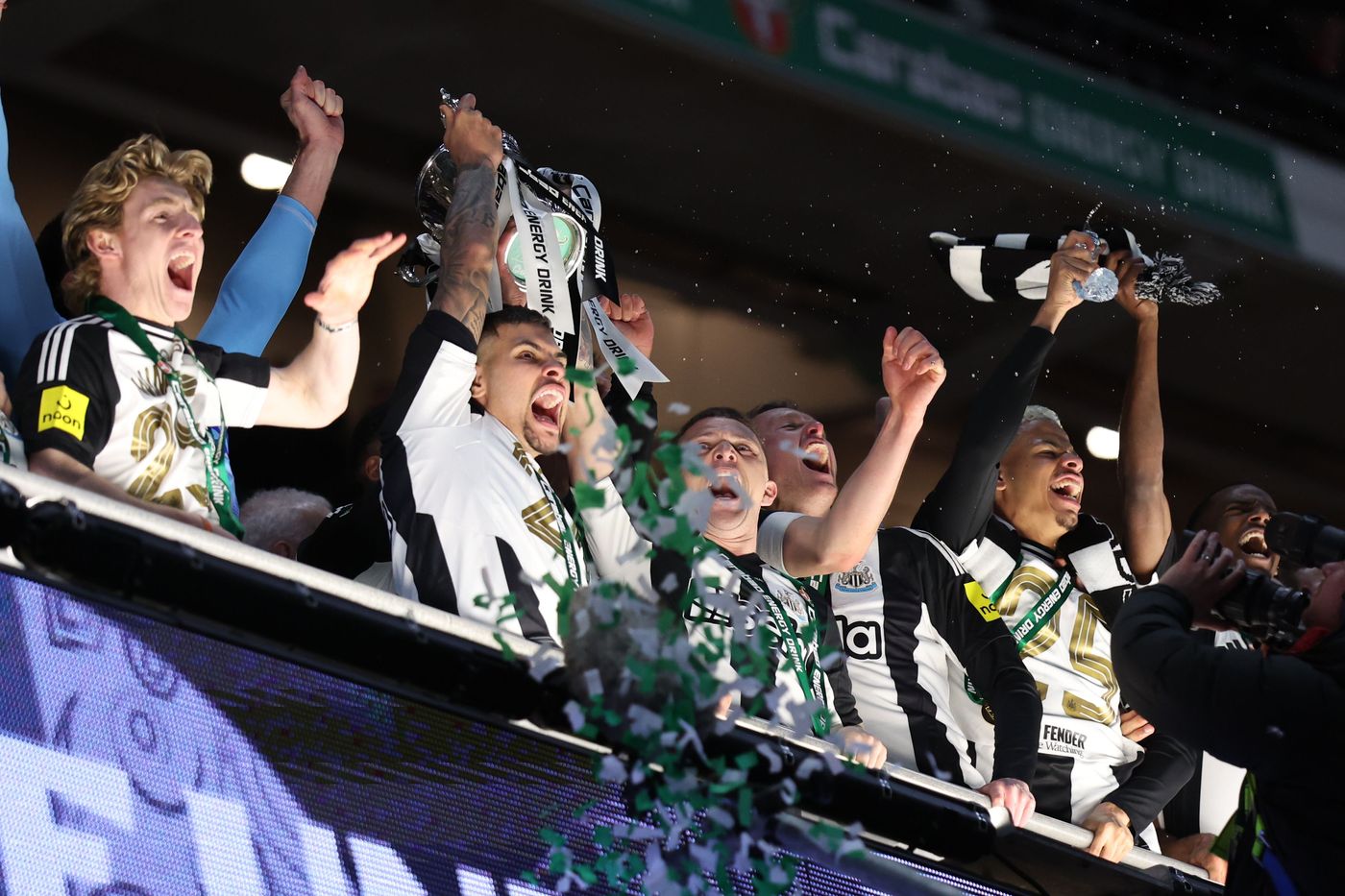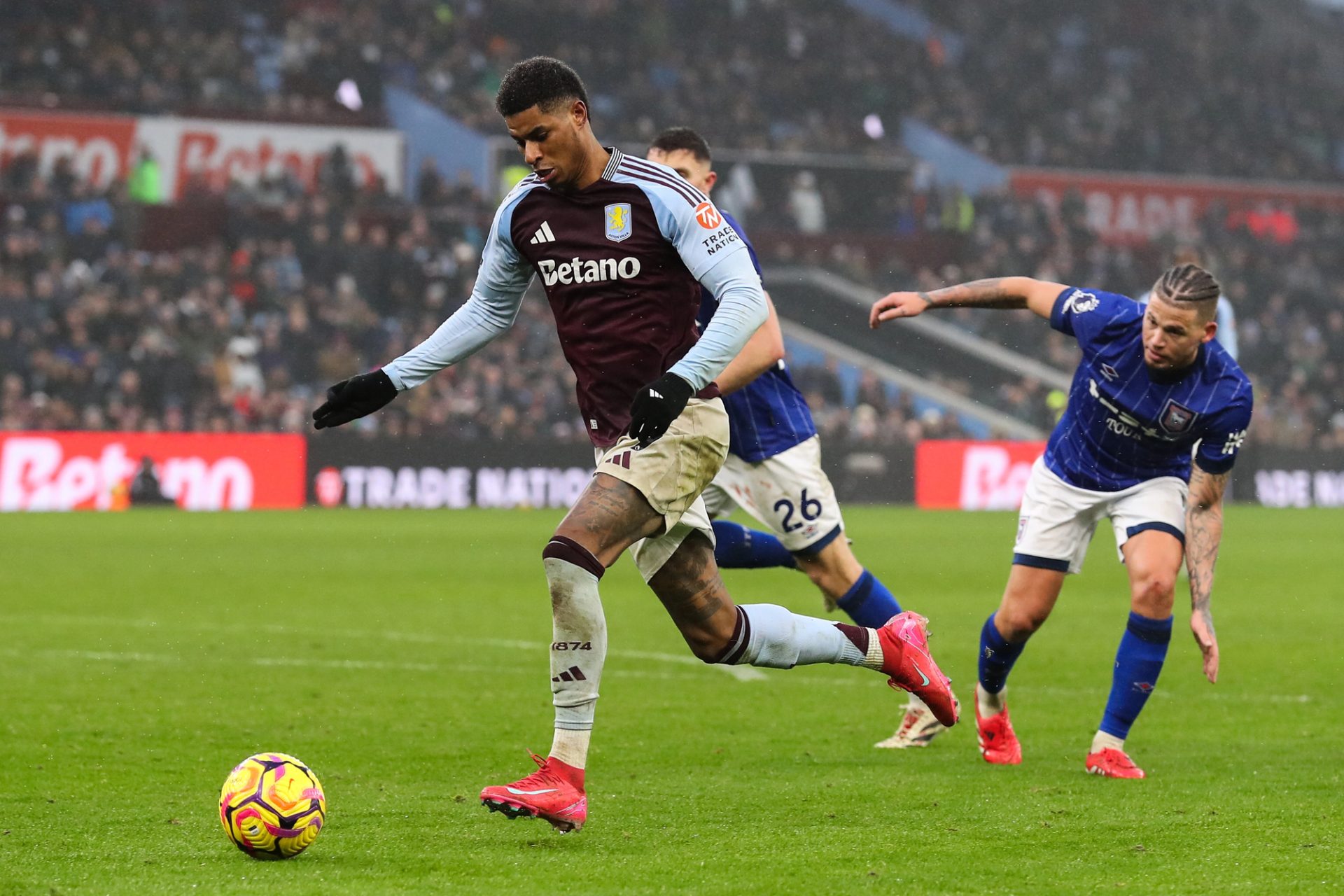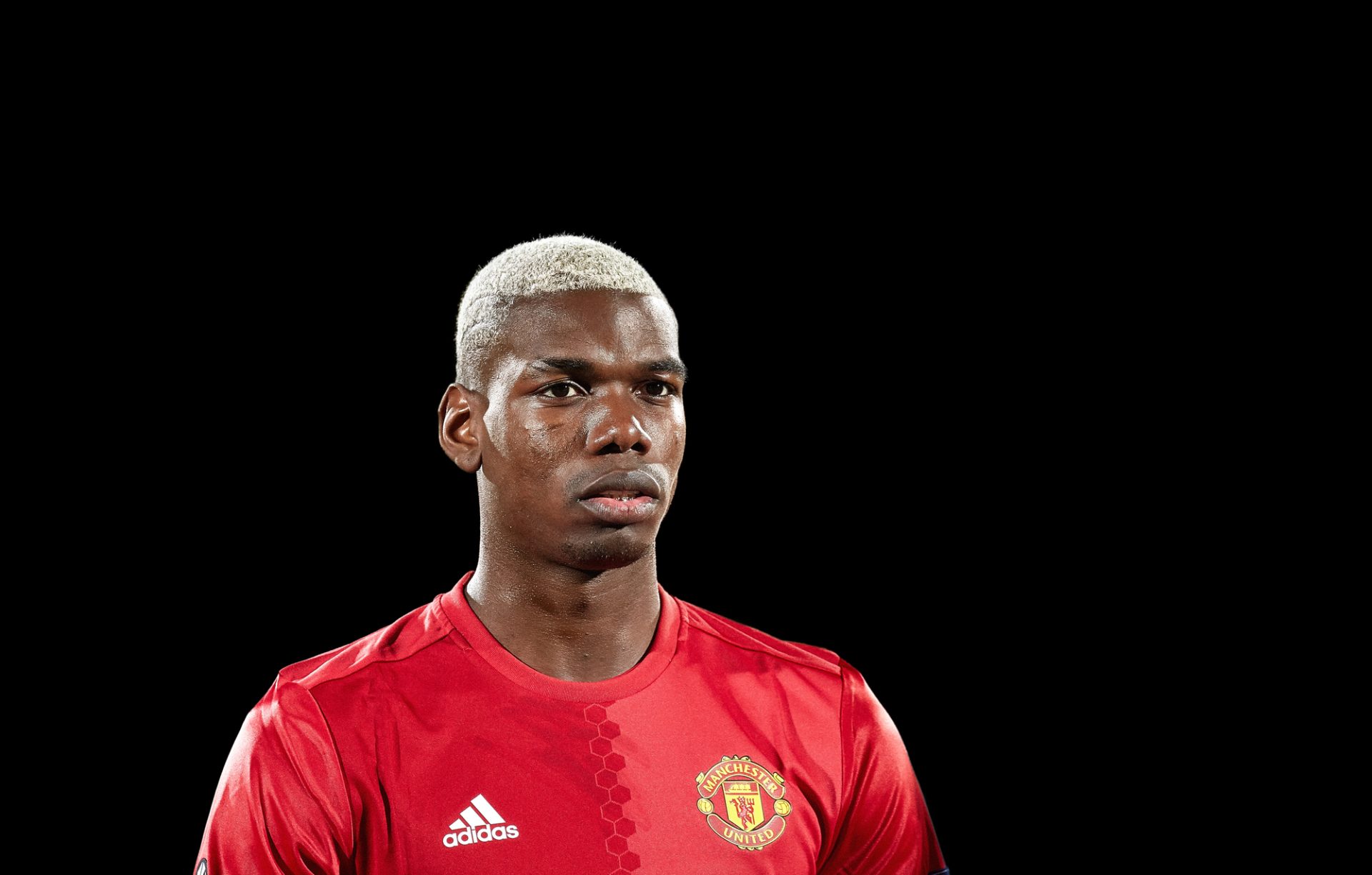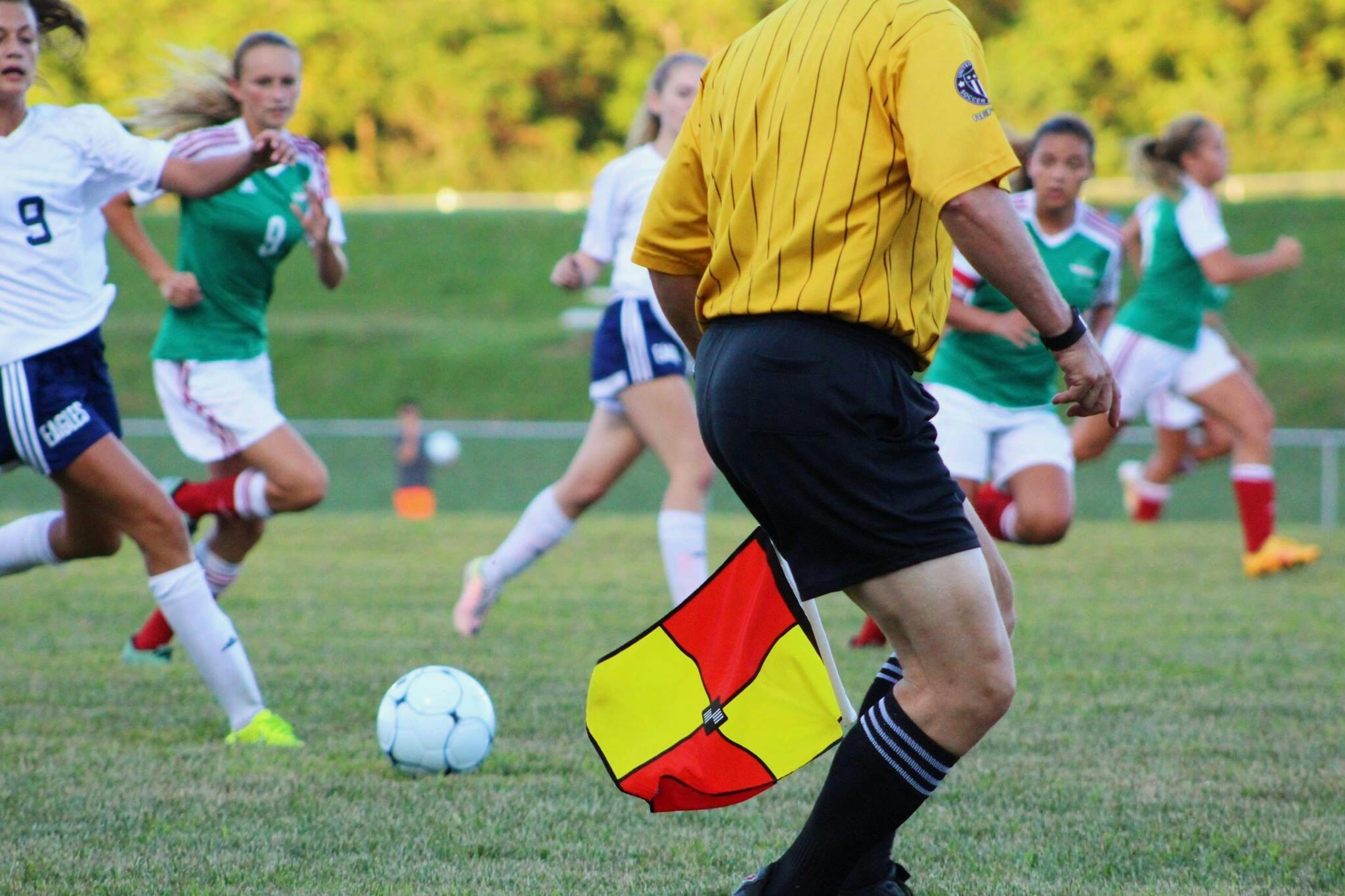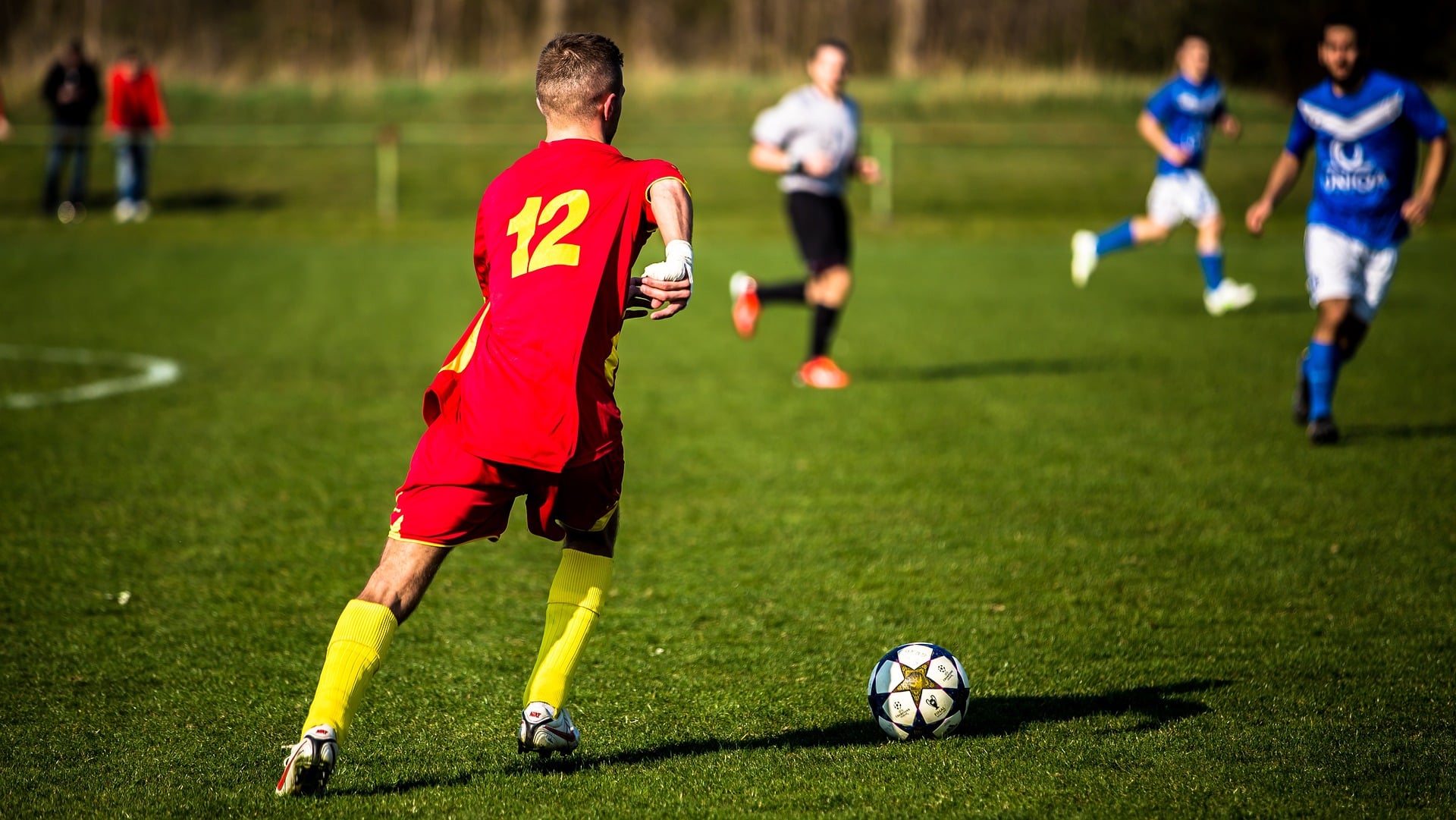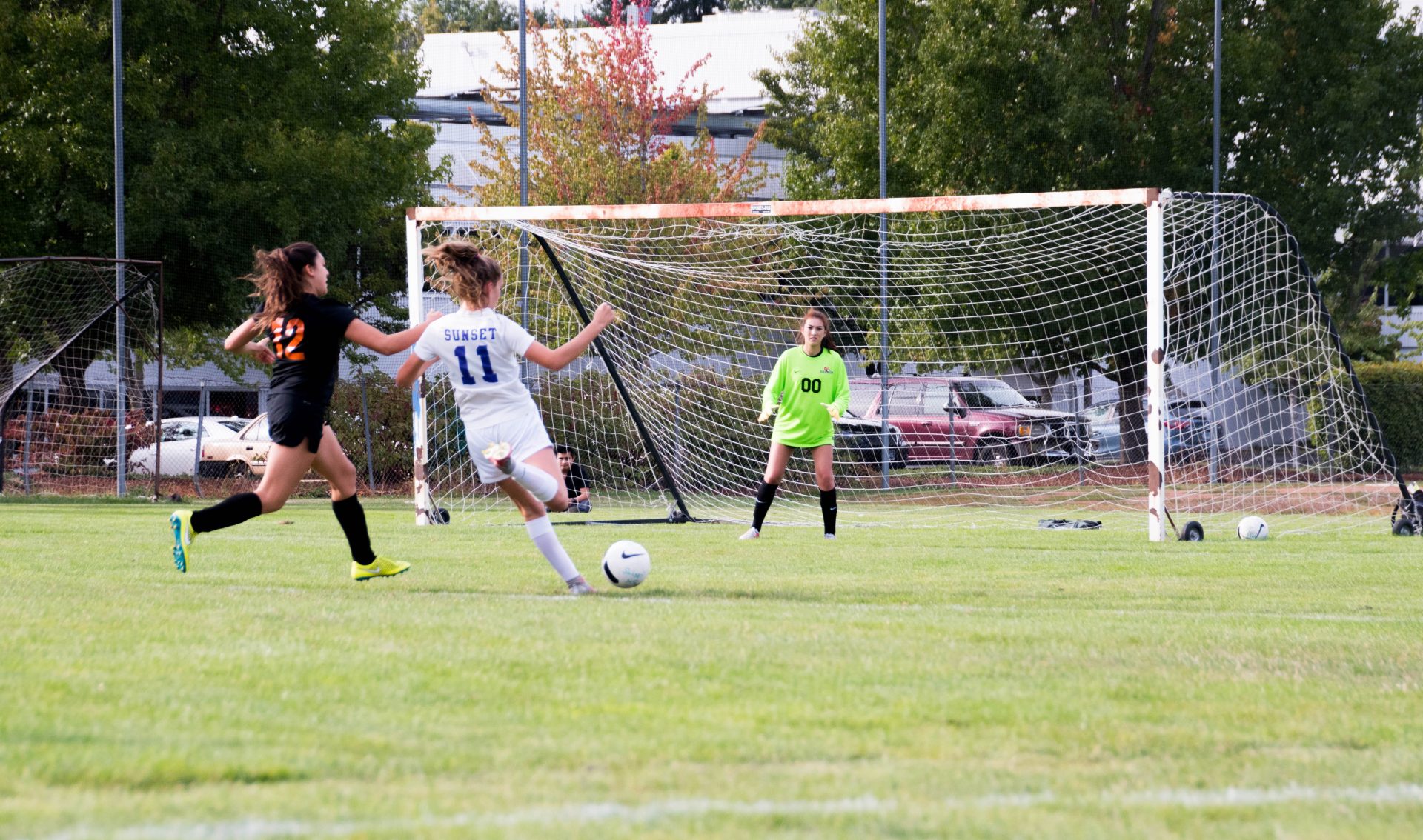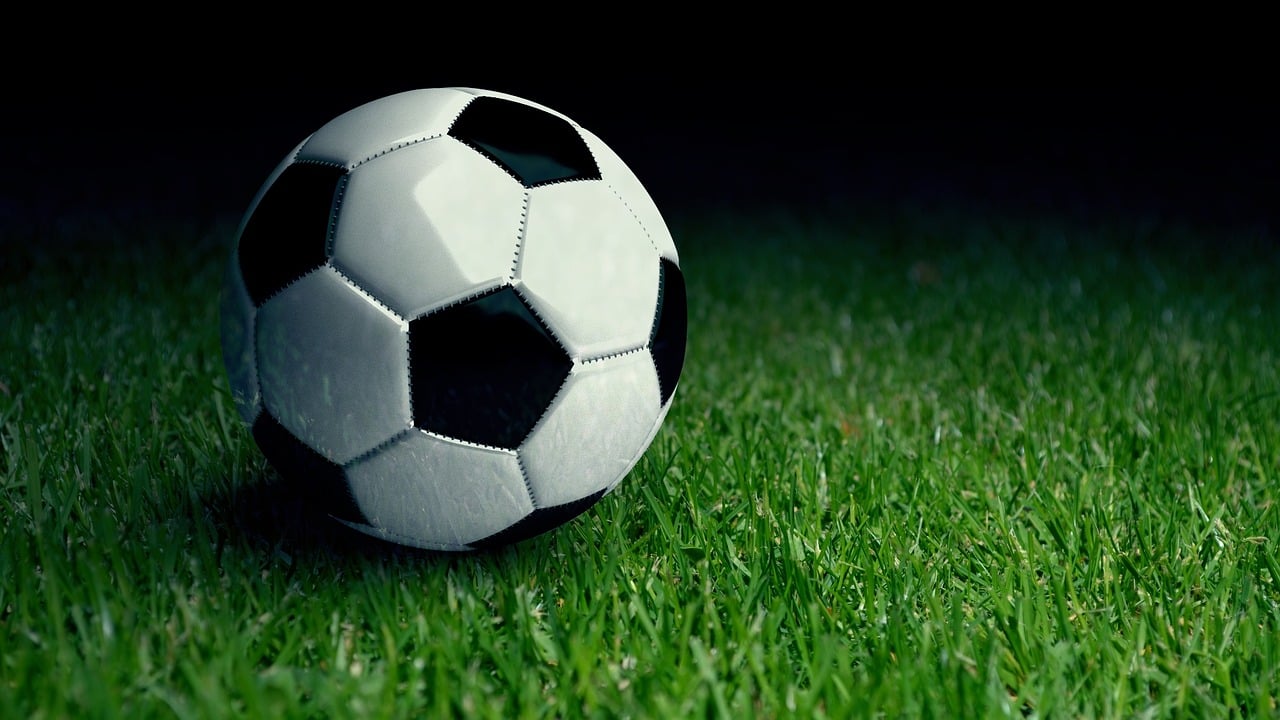Should You Look at the Soccer Ball When Shooting?
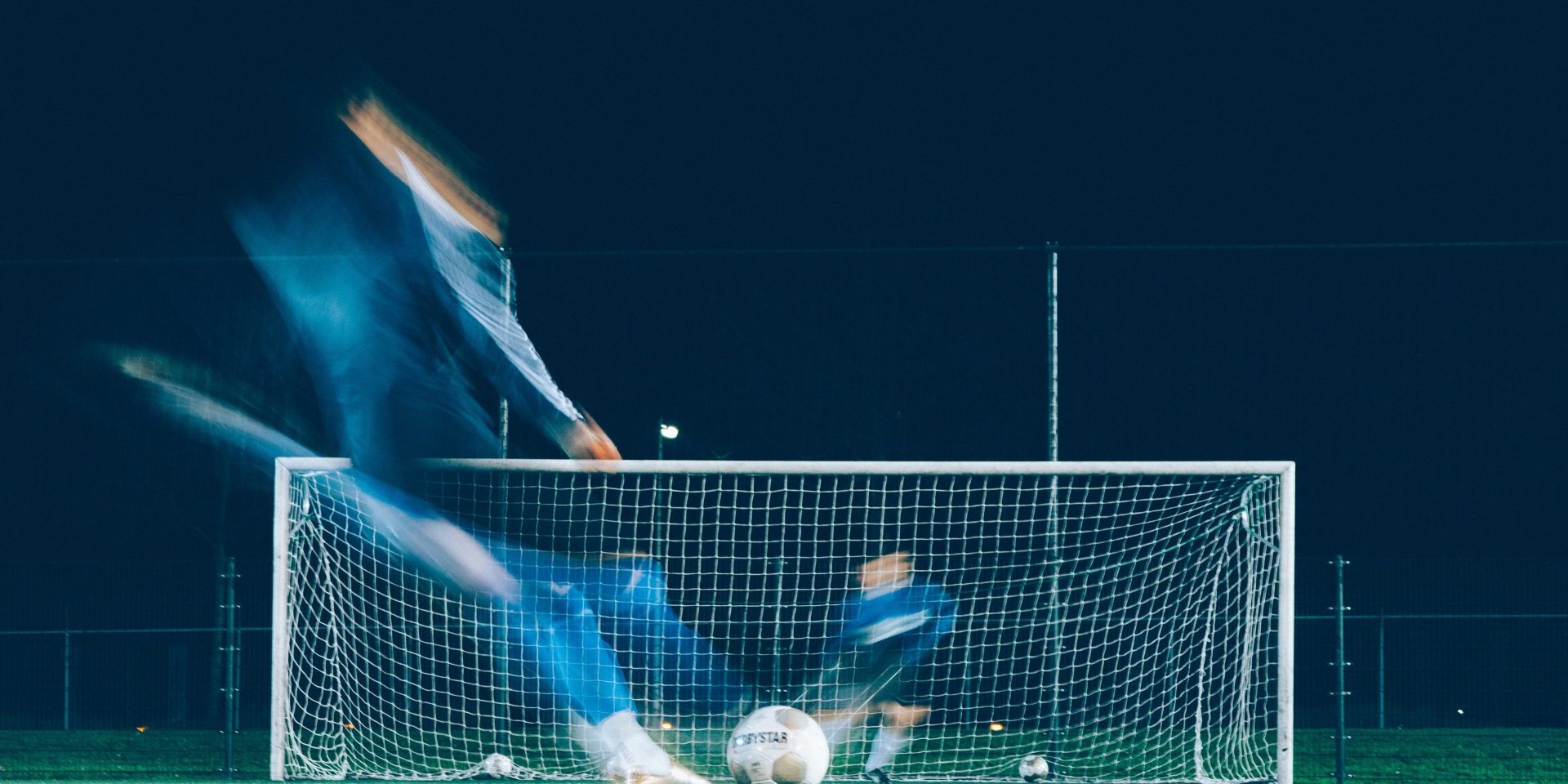
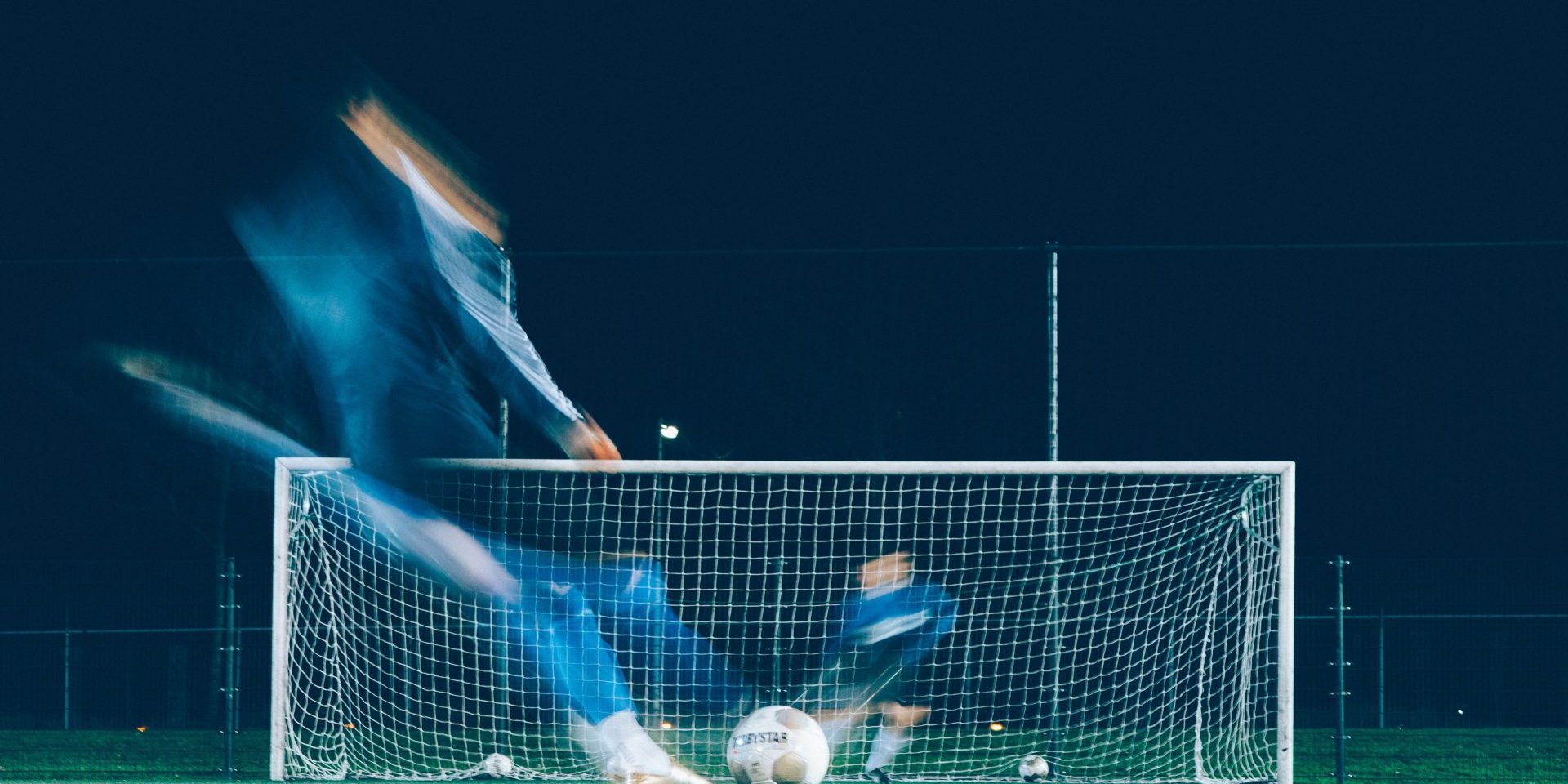
Table of Contents
In analyzing the skill of shooting in soccer, one question frequently surfaces among both players and coaches: should a player look at the soccer ball when executing a shot? The act of shooting is a fundamental skill, requiring precision, balance, and technique to effectively propel the soccer ball towards the goal. Conventional wisdom suggests looking at the ball to ensure proper contact, yet there is also merit in observing the goal and the goalkeeper’s position. This discussion hinges on the balance between accuracy and awareness.
Whether to maintain eye contact with the ball during a shot comes down to a player’s level of experience and the situation on the field. For beginners, focusing on the ball can prevent poor contact and increase the likelihood of a successful shot. More experienced players, however, often glance at the goal pre-shot to calibrate their aim, depending on factors like the defender’s position and the goalkeeper’s movements. The moment of impact, though, typically sees the player’s gaze return to the ball to ensure precise striking technique.
The decision to look at the ball or the goal while shooting integrates various aspects of skill and situational awareness. Players must train to instinctively know when to shift their gaze between the ball and the goal, finding a balance that allows them to maintain control while reacting to the dynamic environment of a soccer match. The development of this duality is essential for enhancing both power and accuracy in a player’s shots.
The Fundamentals of Shooting in Soccer
Shooting is a critical skill in soccer, requiring a blend of technique, body mechanics, and an understanding of the ball’s dynamics. A player’s ability to shoot effectively can influence the outcome of a match.
Understanding the Soccer Ball and Its Dynamics
A soccer ball’s behavior during a shot is influenced by how it is struck. The ball can swerve, dip, or stay straight depending on the point of contact and the kicking motion. Knowledge of these dynamics aids players in predicting the ball’s flight and how it will react upon striking the surface or when encountering resistance from the air.
Mastering Basic Shooting Technique
Shooting technique begins with selecting the appropriate part of the foot to strike the ball. For power, players often use their instep (laces), while for accuracy, the inside or outside of the foot is preferred. Consistency in technique improves the likelihood of a desired outcome. Here’s an outline:
- Instep (Laces): For powerful shots at goal.
- Inside of the Foot: For precise shots with less power, commonly used for passes.
- Outside of the Foot: Adds curve to the ball, useful in certain strategic plays.
Position and Body Posture for Optimal Shooting
A player’s stance and body posture are fundamental for a successful shot. Achieving proper balance and positioning the non-kicking foot beside the ball establishes a base. The standing leg must provide stability as the shooting leg follows through. Leaning over the ball can keep shots lower, reducing the chance of skying the ball over the goal. Here is a brief checklist:
- Feet: Shoulder-width apart for firm balance.
- Non-Kicking Foot: Placed next to the ball, pointing towards the target.
- Body Position: Slight lean forward to maintain balance and direct the ball lower.
- Head: Down, eyes on the ball to enhance focus and accuracy.
- Standing Leg: Sturdy and slightly bent to absorb the force when striking the ball.
Advanced Shooting Skills and Techniques
When shooting in soccer, advanced players focus on combining power and accuracy to maximize their chances of scoring. Mastery of the ball’s strike, precise follow-through, and controlled balance are central to a successful shot.
Power and Accuracy in Shooting
Advanced shooting is not simply about the strength behind the ball but the technique employed to generate that power while maintaining accuracy. Key elements include:
- Technique: This is the foundation. Proper shooting technique involves a backswing and contact with the ball at the sweet spot, slightly above its center.
- Follow-Through: A proper follow-through ensures that the power generated from the strike of the ball isn’t wasted.
- Body Positioning: Players should keep their body over the ball, leaning forward slightly to prevent the ball from sailing over the target.
- Head Down: Keeping the head down and eyes on the ball until contact is made is essential for maintaining control.
Finishing with Precision: Placement and Angle
A powerful shot is not always necessary to score. Placement and angle are vital:
- Placement: Picking your spot in the goal is about being aware of the goalkeeper’s position and the openings available.
- Inside of the Foot Shot: For greater control and placement, using the inside of the foot can be more effective than a straight power shot.
- Curl: Applying a curl to the ball can bend it around defensive obstacles and alter the angle of entry, increasing the chances of scoring.
- Angle of Approach: The angle at which a player approaches the ball can determine the shooting angle and significantly affect the accuracy of the shot.
Strategic Shooting in a Game Setting
Accurate shooting in soccer is not just about the mechanics of striking the ball; it requires a strategic understanding of the game. Players must be able to read the field and the position of the goalkeeper to maximize their chances of scoring.
Reading the Field and Goalie Position
A player who keeps their head up to scan the field can anticipate goalkeeper movements and defensive shifts. Awareness of the goalie’s position allows the player to decide whether to shoot directly on goal or to pass to a teammate in a better position. The distance from the goal and the arrangement of defending players are critical factors too. In game scenarios, particularly during set pieces such as free kicks, noting the goalkeeper’s stance and predicting their reaction can be the difference between a goal and a missed opportunity.
Maximizing Scoring Opportunities
Aiming for maximum scoring goals requires selecting the proper moment to take a shot. A player must balance the momentum with control, ensuring they are not off-balance during the strike. This involves recognizing when to delay a shot for better alignment or when to take an immediate attempt at the goal based on their positioning on the field. Successful goal scorers consistently evaluate the target and leverage opportunities for scoring, which may involve quick decisions on whether to shoot or to create a play that destabilizes the defense, leading to a scoring chance.
Soccer Shooting Drills and Practice
Effective soccer shooting drills are essential for players to improve their technique, power, and accuracy. Regular and structured practice enables players to perform better under match conditions, enhancing their skill level through repetition and scenario-based exercises.
Solo and Team Shooting Drills
Solo drills allow for focused repetition, which is vital for mastering shooting techniques. Players should begin with static ball shooting exercises to concentrate on the mechanics of striking the ball with the correct part of the foot. Progressing to moving ball drills, such as dribbling towards a target and shooting, helps integrate balance and coordination.
For team practice, passing and shooting drills where teammates exchange the ball before taking a shot can develop timing and communication. A simple example includes two players: one as a designated passer and the other practicing finishing. Using the 1-2 Shoot format, player A passes to player B, who lays the ball off for A to run onto and shoot.
Applying Techniques in Real-Game Situations
Implementing shooting drills that mimic match conditions is critical for skill transfer. Small-sided games, like 3v3 up to the halfway line, can simulate match pressure and promote quick decision-making. In these scenarios, players experience various angles and defensive pressures, which help them apply their shooting skills in a dynamic environment.
Incorporating constraints, such as limiting touches before a shot, encourages players to be more decisive and develop a quicker shot release. Specific drills, like 1v1 shooting and finishing under pressure, provide a direct challenge for players to use their shooting techniques against an opponent, echoing the challenges faced during actual matches.
Common Mistakes and Tips for Improvement
When shooting a soccer ball, there are several common pitfalls that players, from beginners to professionals, often encounter. A clear understanding of these errors paired with focused practice can significantly enhance one’s shooting technique.
Common Mistakes:
- Losing Balance: Players frequently misplace their non-kicking foot, thus compromising stability.
- Improper Ball Contact: Incorrectly striking the ball with toes or the flat part of the foot rather than the instep reduces both power and accuracy.
- Early Head Raise: Elevating the head too soon can divert attention from the ball, leading to a misfire.
Form and Balance:
| Aspect of Shooting | Key Points |
|---|---|
| Foot Placement | The non-kicking foot should be planted beside the ball, approximately a foot away, pointing at the target to ensure stability and balance. |
| Body Positioning | Leaning back too much can send the ball soaring over the goal. Maintain an over-the-ball body lean to control lift. |
| Follow-Through | Keep the head down, focusing on the ball until well after it’s hit, and complete the shot with a full follow-through towards the target. |
Tips for Improvement:
- Consistent Practice: Regular repetition of the correct form improves muscle memory and overall skill in shooting, both while stationary and while running.
- Weak Foot Training: Practicing with the weaker foot can improve overall ball control and make a player less predictable.
- Distance Control: Players should adjust their power and form depending on the distance from the goal to optimize the control over the shot.
To sum up, players should concentrate on firm ankle positioning, utilizing the instep (laces area) for striking, and maintaining their form and balance throughout the entire shooting motion. With patience and routine practice, soccer players can fine-tune these elements of their game for more consistent and effective shots on goal.

